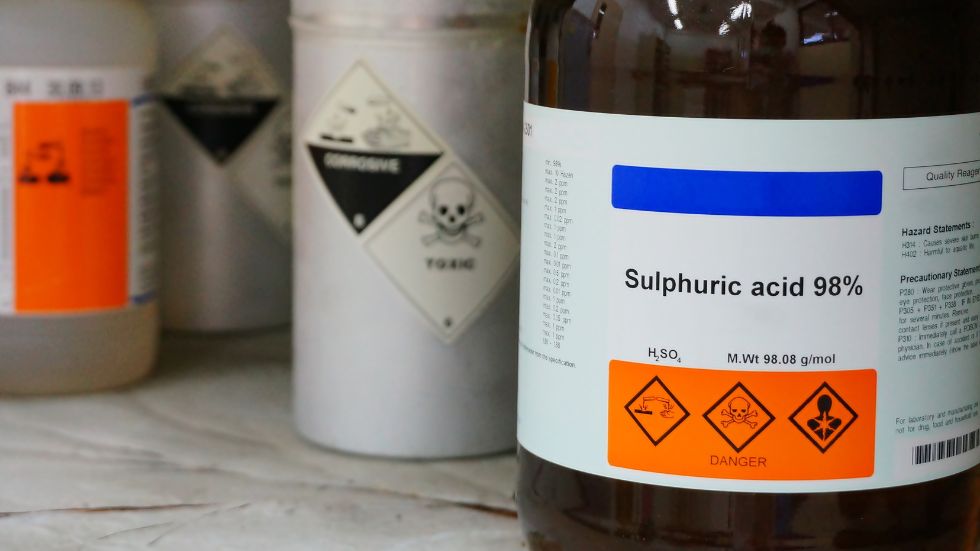Prioritizing safe chemical disposal methods is crucial for businesses to protect their employees, customers, and the environment. Improper disposal can lead to serious consequences, including health hazards and environmental damage. Here are some essential tips for safely disposing of cleaning solvents and chemicals.
Understand Your Chemicals
Carefully review the safety data sheets (SDS) for each chemical you use. The SDS will provide detailed information on proper disposal methods and potential health and environmental risks. For instance, the SDS for acetone would offer crucial information such as:
- Identification: Describes acetone and its uses.
- Hazard(s) identification: Lists potential health effects (e.g., irritation to eyes and skin, respiratory issues) and environmental impacts (e.g., high volatility leading to easy dispersion in the environment).
- Composition/information on ingredients: Details the chemical’s composition and any impurities.
- Accidental release measures: States the steps for safely containing and cleaning up spills to minimize exposure and environmental damage.
- Handling and storage: Outlines best practices for safely handling the chemical and recommendations for storage conditions to prevent accidents.
Implement Chemical Segregation Practices
Implementing chemical segregation practices is essential for safely disposing of substances. Businesses can reduce the risk of hazardous reactions, facilitate recycling, and ensure proper disposal in compliance with environmental regulations by keeping different types of waste separate.
These practices involve categorizing waste into distinct groups such as hazardous, non-hazardous, recyclable, and organic, and using clearly labeled, dedicated containers for each category.
Create a Designated Disposal Area
Creating a designated disposal area is another tip for safely disposing of cleaning solvents and chemicals. Equip spaces with proper containment systems to prevent leaks and spills, and clearly mark the area to restrict unauthorized access. The area should also feature adequate ventilation, spill kits, and fire safety equipment.
A well-managed disposal area streamlines the waste-handling process, allowing personnel to oversee the safe collection, storage, and eventual removal of hazardous waste by licensed disposal services.
Utilize Hazardous Waste Collection Programs
Many local governments offer hazardous waste collection programs for businesses. These programs provide a safe and legal way to dispose of cleaning solvents and chemicals. Research the options available in your area and ensure your business complies with local chemical disposal regulations.
Educate Your Staff
Provide comprehensive training for your employees on safely handling and disposing of cleaning chemicals. This education should cover proper usage, storage, disposal techniques, and emergency procedures in case of spills or accidents. Regularly refresh this training to ensure all staff members remain up-to-date on best practices.
Consider Solvent Recycling
In some cases, recycling used cleaning solvents and chemicals is possible instead of disposing of them. Solvent recycling purifies substances, allowing businesses to reuse them. Solvent recycling systems can decrease hazardous waste production and the need for new solvents. It’s a win-win situation for many facilities!

